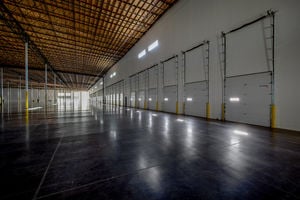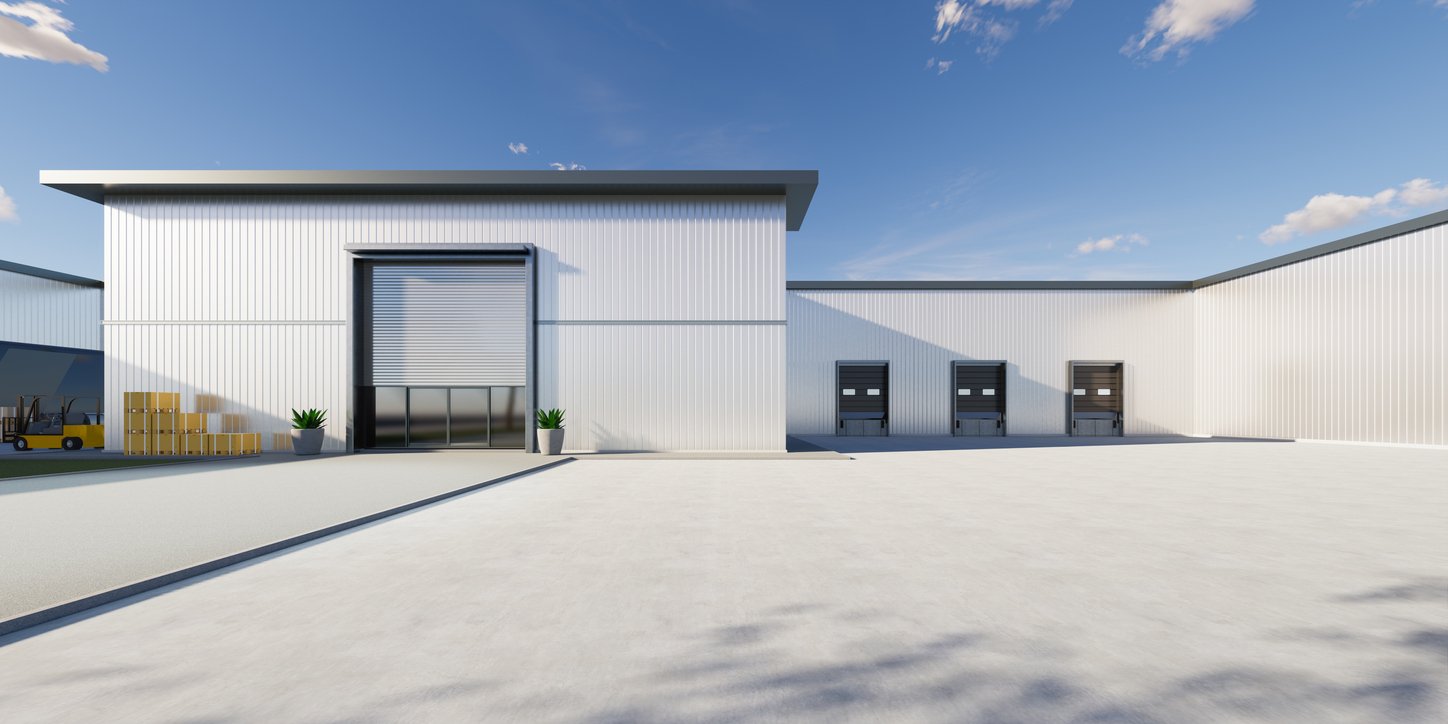Flex Space Investing: The Next Big Alternative Investment Opportunity in 2025 and Beyond
The landscape of alternative investments is constantly shifting—and successful investors know the value of staying ahead of the curve. While established sectors like multifamily, car washes, and self-storage continue to perform well, one lesser-known niche is quietly gaining momentum: flex space investing.
As we approach 2025, flexible workspace real estate is emerging as a strategic asset class that aligns with both market trends and changing work dynamics. Here’s why it could be the next big thing in alternative investing.
1. Hybrid Work Is Fueling Demand for Flex Space
The global workforce has permanently shifted. Hybrid work models, remote teams, and decentralized businesses are the new norm, and with that comes a demand for flexible workspace solutions.
Unlike traditional office buildings, flex spaces offer short-term leases, plug-and-play amenities, and the ability to scale up or down. For businesses navigating uncertainty or growth, this model is highly appealing.
2. Small Business Growth Is Driving the Flex Space Market
The rise of entrepreneurship is reshaping commercial real estate. Independent professionals, e-commerce startups, wellness providers, and service-based businesses are all looking for affordable, adaptable space without the constraints of long-term commercial leases.
Flex spaces, often combining coworking desks, private offices, storage, and light industrial zones, are tailor-made for this segment.
3. Flex Space Offers Creative Reuse of Vacant Buildings
In many secondary and suburban markets, vacant office and retail buildings are being reimagined as modern flex spaces. This value-add strategy can increase net operating income while revitalizing underutilized assets.
It also aligns with ESG considerations and community development, two increasingly important factors for today’s real estate investors.
4. Diversified Tenant Base Creates Stability
Unlike single-use commercial properties, flex spaces attract a wide variety of tenants. A single facility may house a podcast studio, a contractor’s office, a digital agency, and a boutique retailer, all under one roof.
This tenant diversity helps protect cash flow, especially in uncertain economic conditions, making flex space a potentially recession-resistant real estate asset.
5. PropTech Is Making Flex Space More Scalable
Modern flex spaces are powered by smart technologies, automated check-ins, app-based booking, and AI-powered resource management. This tech-driven model improves efficiency, lowers overhead, and enhances the tenant experience.
Much like what we’ve seen in automated car wash investing or smart multifamily properties, technology is becoming a key lever in profitability and growth.

The Bottom Line: Is Flex Space a Smart Investment in 2025?
While QC Capital remains focused on its core investment strategies, we’re always evaluating emerging alternative asset classes that show potential for strong, risk-adjusted returns. Flex space sits at the intersection of key market shifts, offering adaptable solutions to today’s workforce while opening new doors for passive real estate investors and institutional capital alike.
As we look toward 2025 and beyond, flex space investing may be one of the most exciting frontiers in the world of alternative real estate investment.
Want to learn more about QC Capital’s approach to alternative investments?
Email [email protected] or sign up for our investor newsletter to stay informed on market insights and emerging opportunities.

